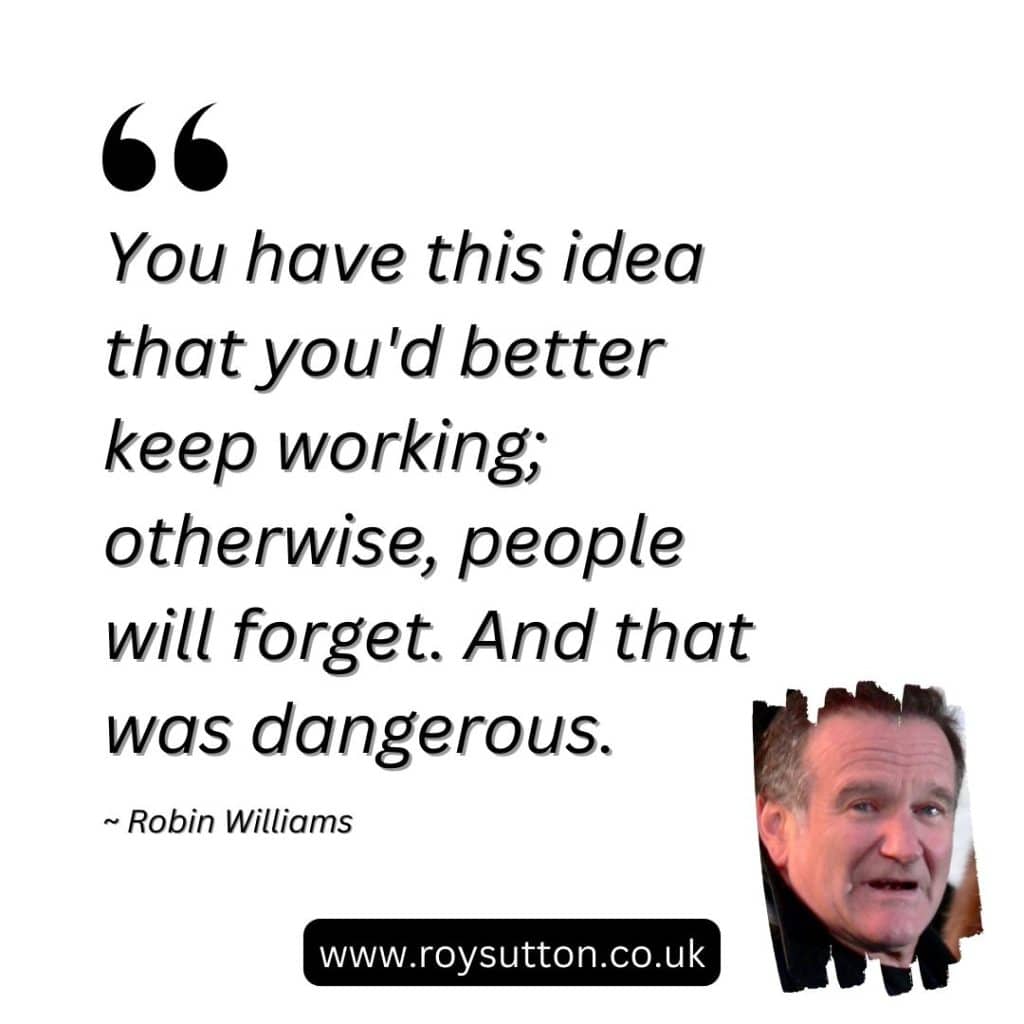
If tips for improving self-esteem are what you seek, dear reader, then you might find this article helpful.
Self-esteem is an important aspect of life as it affects how we think, feel, and behave. It is the confidence we have in ourselves and our abilities. And it’s the respect we have for ourselves too.
People with high self-esteem tend to have positive outlooks on life, while those with low self-esteem may struggle with insecurity and self-doubt.
Improving self-esteem can be a challenging task, but it is not impossible.
Here are 10 tips for how to improve your self-esteem:

10 TIPS FOR IMPROVING SELF-ESTEEM
1. Stop comparing yourself to others:
Everyone is on their unique journey through life, and you’re on yours. There is no comparison.
A major issue for people today is the way social media makes it almost inevitable that we compare ourselves to others. We see so much of what they’re doing every time we pick up our smartphones.
It can be easy to believe that they’re doing better than us. Then we fall into the trap of feeling inadequate or not good enough.
Remember, social media creates a false view of reality.
The idea that everyone is doing well except you is simply misleading. Everyone has their fair share of life’s problems, despite anything social media might suggest. Everyone struggles from time to time.
So, don’t compare yourself to what you believe others are doing. Instead, focus on your progress and accomplishments.
2. Embrace your flaws:
No one is perfect, and it’s important to remember that everyone has flaws.
Instead of focusing on your flaws and feeling bad about them, try to find ways to embrace them.
For example, if you have freckles, embrace them as a unique feature of your face.
Perhaps you’re not good with words. So what? There are plenty of people who are not good with words. So, make a joke about it rather than let it bother you. Make it part of your authenticity and personal charm.
3. Focus on the positive:
We can all find ourselves thinking about all the negative things in our lives. It’s human nature really, but focusing on the negative can have a detrimental effect on self-esteem.
So, instead, make a habit of focusing on the positive things in your life.
This can be as simple as writing down three things you are grateful for daily. There’s always something for which we can be grateful, even if it’s just a favourite television show or enjoying coffee with a friend.
4. Surround yourself with positive people:
We are the people with whom we mix. Human beings are social animals, and we live within groups. The people within those groups can have a significant impact on our self-esteem.
Being accepted by the group requires us to be a reflection of the other members. If they’re cynical, sarcastic, and negative, then we gradually become the same, if only to fit in. However, that negativity is not good for our self-esteem.
So, we need to spend time with people who uplift us and make us feel good about ourselves. Therefore, we must avoid those people who bring us down or make us feel bad about ourselves.
5. Treat yourself with kindness:
The way we talk to ourselves can have a big impact on self-esteem.
We must be kind to ourselves and avoid negative self-talk.
We must talk to ourselves as we would to a friend. If a friend came to us with a problem, we would be supportive and understanding, right?
So, why wouldn’t we want to treat ourselves with the same kindness?
We must always be kind to ourselves.
6. Set goals and achieve them:
Nothing boosts our confidence and self-esteem like an achievement.
So, setting and achieving goals can be a great way to boost self-esteem.
We start by setting small, achievable goals and work our way up to bigger ones.
As we achieve our goals, we start to feel more confident in ourselves and our abilities. It’s a virtuous circle.
7. Take care of yourself physically:
Our physical health and well-being are essential to self-esteem.
Taking care of ourselves is important for our overall well-being and can also help improve our self-esteem.
So, we must make sure we are getting enough sleep, eating well, and getting regular exercise. When we take care of ourselves, we feel better both physically and mentally.
8. Practice emotional self-care:
Our emotional well-being is as important as our physical health.
So, we must learn to take care of ourselves emotionally by taking time to relax and do the things we enjoy.
This can be anything from reading a book to taking a long bath, going for a walk, or listening to a favourite piece of music.
9. Learn something new:
When we possess knowledge, we tend to get the respect of others. And obviously, that’s good for our self-esteem.
So, learning something new can be a great way to boost self-esteem.
It can be something small, like learning a new recipe, or something bigger, like taking a class.
The act of learning something new can make you feel accomplished and can help to build self-confidence.
10. Give it time:
Remember this: self-esteem is not something that can be improved overnight.
It takes time and effort to build self-esteem, but by incorporating these tips into our daily lives, we can improve.

Conclusion:
As readers will recognize, self-esteem is an important aspect of our lives, and it can be challenging to improve it.
However, if you follow these tips, you will start to feel better about yourself, and your self-esteem will improve.
And remember this: if you can only do one thing, be kind to yourself.
You’re better than you think you are, and the world is a better place with you in it.
Please share this post:
Were these tips for improving self-esteem helpful?
If you found this article useful, please share it on social media with your friends.
When you share, everyone wins.
So go on, please share it now. If you do, I will be forever grateful, and you’ll be helping a keen blogger reach a wider audience.
Thank you for your support, dear reader.

Other articles you might find interesting:
- Why passion is the key to success
- How to handle criticism at work effectively
- 3 ways for getting rich
- 5 ways to kill your dreams
- 33 life lessons learned that are best learned early
- How the power of words can change lives
- 10 steps for making new year’s resolutions
- Public Speaking: The Power of the Pause
- Productivity Tips: How to Structure Your Day
- George Carlin’s Top 10 Rules For Success
- 4 cornerstones for how to speak so people will listen
- A Motivational A – Z Guide to Success
- Have the courage to step out of your comfort zone
- 3 of life’s lessons learned that you really should know
- Valuing people must take precedence in the modern age
- Top wealth creation strategies for financial success
- Why an investment in knowledge pays dividends
- 13 tips for improving your personal happiness
- Steve Jobs’ Top 10 Rules For Success to inspire you
- 25 inspirational stories of people going from rags to riches
© Mann Island Media Limited 2025. All rights reserved.
tips for improving self-esteem, tips for improving self-esteem, tips for improving self-esteem




















































